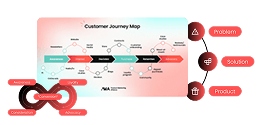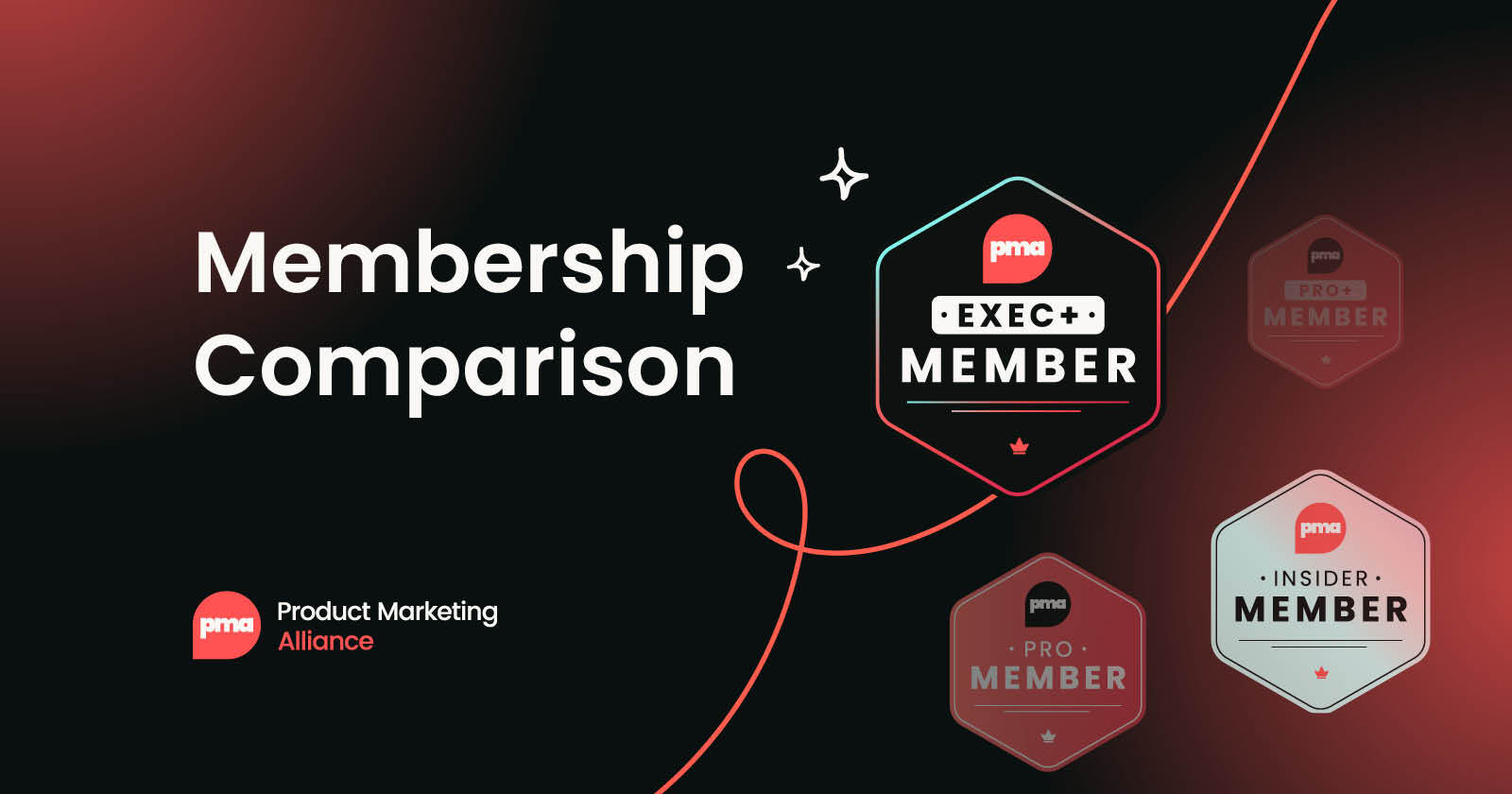Global go-to-market (GTM) strategies sound impressive on paper. But anyone who has lived there knows the reality: it's messy.
Different languages, cultural contexts, sales practices, and regulatory environments collide. What feels like a crisp, well-structured narrative in North America can fall flat (or worse, sound tone-deaf) in Latin America, Europe, or Asia.
As the second Product Marketing Manager (PMM) hired at my company, with clients in 14 countries across the Americas, I live this challenge every day. Based in Latin America, I report to a Sr. PMM Director in North America, the first PMM and the one who built the discipline from scratch.
Together, we've had to figure out how to create consistency at scale across multiple countries, working in three languages (English, Spanish, and Portuguese), and partnering with sales teams who bring their own local expertise and nuances.
Here's what I've learned about overcoming market fragmentation and maintaining trust across regions.
The problem: fragmentation pulls you apart
Global GTM teams face a paradox:
- Markets demand localization. Sales reps on the ground know their prospects better than anyone. They want messaging that feels local, tailored, and relevant.
- Leadership demands consistency. Product positioning, brand promise, and strategic narratives must be unified, or the company risks confusing customers, analysts, and investors.
As a PMM, you sit in the middle of that tension. And in fast-growing organizations, fragmentation can happen quickly:
- Regional decks multiply.
- Translations lose nuance.
- Sales collateral drifts from the agreed narrative.
- Teams spend more time debating "what we say" than actually selling.
Left unchecked, fragmentation erodes credibility, slows execution, and weakens your market presence.
Lesson 1: Start with a single source of truth
When I joined, one of my first questions to Sales was: "Where do you find the most up-to-date messaging?" The answers varied – emails, Slack threads, old presentations, even personal notes. No wonder fragmentation was spreading.
The first step toward consistency is building a single source of truth:
- One core messaging framework, reviewed and approved by PMM leadership.
- A transparent process for updating it (no silent edits floating in the ether).
- Accessible repositories (we use a shared workspace rather than scattered decks).
Sales can be localized, but they always start from the same base. That baseline prevents each region from "reinventing" the company story.
Lesson 2: Align across languages, not just markets
Operating in English, Spanish, and Portuguese means translation isn't just a mechanical process: it's strategic.
Literal translations miss cultural nuance. For example:
- English emphasizes clarity and directness.
- Spanish requires precision in tone, especially when it comes to formality.
- Portuguese (Brazilian) tends to favor a friendly, conversational tone.
If your GTM doesn't account for this, you risk sending the wrong signal. That's why we treat each translation as an adaptation, not a copy. The message must be consistent, but the expression must respect language norms.
As PMMs, we own this responsibility. Our job isn't just to "translate decks": it's to ensure that what we say lands with equal credibility in every market. Sharing the decks and requesting feedback from local Sales Reps or Sales Engineering makes the difference. And this serves as the introduction to the next lesson.
Lesson 3: Build a partnership with Sales
In fragmented environments, Sales often becomes both the most considerable risk and the most significant asset. Risk, because regional reps may improvise if they don't feel the core materials reflect their reality. Asset, because they are the frontline voices of customer truth.
The key is to treat Sales as co-creators:
- We involve them early in message testing, especially in markets where cultural nuances are important.
- We establish "regional champions" who facilitate ongoing feedback between PMM and the field.
- We celebrate when local input improves the global narrative.
This partnership shifts the dynamic. Instead of Sales feeling like they're "fixing" Marketing's work, they feel like they're shaping it.
Lesson 4: Balance global consistency with local flexibility
One phrase I use often: "flexibility within a framework."
Our global GTM defines the non-negotiables:
But we give regions room to adapt the delivery:
- Examples that resonate locally.
- Case studies from nearby industries.
- Language tone adjustments.
This approach builds alignment without stifling local expertise. It prevents fragmentation while giving Sales ownership of customer conversations.

Lesson 5: Communicate relentlessly with your PMM peers
As the second PMM in the company, I had to stay in constant sync with our Director in North America, who laid the foundation for the function. We quickly learned that silence creates inconsistency.
We built a rhythm of communication:
- Weekly syncs to align on priorities.
- Shared document reviews for every strategic narrative update.
- Quick Slack check-ins to avoid duplication.
This cadence ensures that the "two PMMs" don't accidentally create two PMM philosophies. Instead, we present a unified front across ten different time zones.
Lesson 6: Codify lessons into playbooks
Consistency doesn't scale on goodwill alone. It requires documentation. Every time we solved a fragmentation issue, we asked: "How do we prevent this from happening again?"
The answer was usually a playbook:
- Messaging frameworks.
- Sales enablement guidelines.
- Localization rules.
- Competitive response templates.
Playbooks scale trust. They reduce dependence on ad-hoc alignment calls and provide new hires with an immediate baseline. In global GTM, they are the difference between chaos and coherence.
The delicate balance of trust
Fragmentation isn't just a logistical problem… It's a trust problem.
If one region deviates too far, customers notice. Analysts notice. Even internal teams notice. And once doubt creeps in ("Do we really know who we are as a company?"), the house of cards wobbles.
As PMMs, we're custodians of consistency. Our job is to keep the narrative intact across every geography, language, and function – while still empowering teams to adapt responsibly.

Conclusion: consistency is the multiplier
In global GTM, speed and creativity matter. But consistency is the multiplier. It ensures that every message builds on the last, that every region reinforces the brand, and that customers experience the company as one coherent entity – not a patchwork of voices.
My experience as the Sr. PMM for LATAM has taught me this: consistency doesn't happen by accident. It happens by design, through:
- One source of truth.
- Alignment across languages.
- Partnership with Sales.
- Flexibility within a framework.
- PMM-to-PMM communication.
- Codified playbooks.
In fragmented markets, it's tempting to think each region needs its own playbook. The reality is the opposite: what they need is shared consistency, delivered responsibly at scale.
That's how you build trust and keep it standing, house of cards and all.


















 Follow us on LinkedIn
Follow us on LinkedIn






.svg)
Start the conversation
Become a member of Product Marketing Alliance to start commenting.
Sign up now